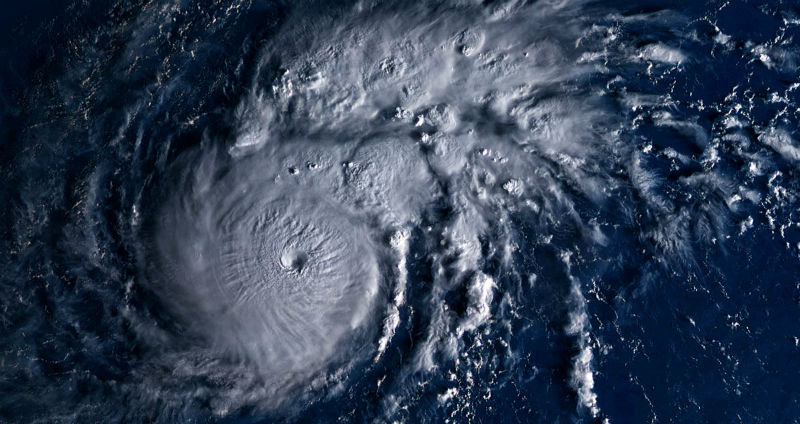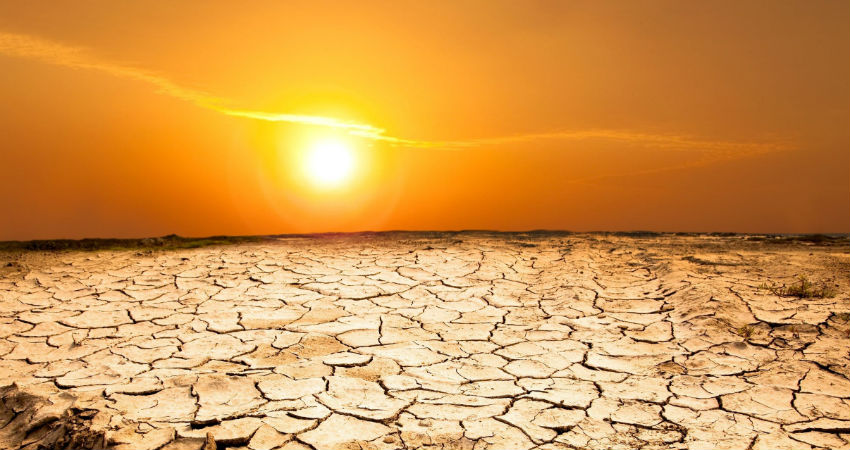Weather News & Analysis

9 OUT OF 10 GLOBAL RISKS OF THE DECADE RELATED TO CLIMATE CHANGE, WARNS WORLD ECONOMIC FORUM
This year too is not going to be any different and will continue seeing warmer temperatures. Before the event, the WEF releases a detailed report of those risks, and climate change this time is the biggest concern since the forum’s launch in 2006.

SUPER TYPHOON GONI STRIKES THE PHILIPPINES
The super typhoon Goni battered the Philippines on Sunday, 01
November with winds in excess of 250 kmph. The eyewall clouds and the inner
rainbands dumped copious rains flooding the central region.
The international airport was closed and about 10 Lakh people were evacuated.

HEAT WAVE TO GET WORSE IN THE COMING DECADES
A recent study has found out that the human-caused climate change results in
extreme heat during summer days leading to dangerous consequences. When the sun
sets, temperatures cool down and day turns into night, the threat to human
health aggravates.
Weather Maps
The Weatherify allows for the illustration of the interdependence of the entire system, displaying the development of pressure, wind, cloud cover, precipitation, and temperature on the map.
